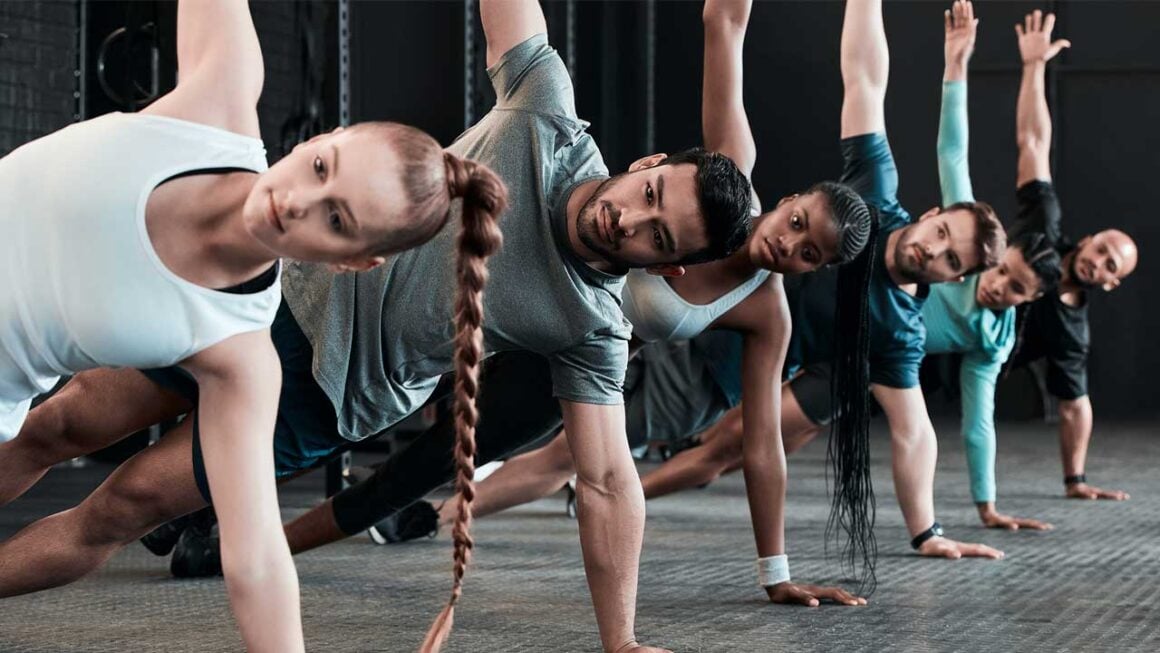If you dread the thought of solo workouts, you are not alone. Many students struggle to stay motivated when exercise feels like a chore or an isolated task. Movement should not feel like something you just endure alone. With the right group or partner setup, working out can become something you actually look forward to.
A social approach to fitness adds variety, structure, and support. You get built-in accountability, shared goals, and regular motivation from people who show up with you. Whether you are trying to be more consistent or just want to make movement enjoyable, group workouts can shift your mindset and strengthen more than your muscles.
Try Partner Circuit Training
Partner circuits keep things fast-paced and collaborative. You alternate stations with a friend, switching between bodyweight, cardio, or resistance-based moves. One person might hold a plank while the other completes squats, then you trade off. This rhythm creates a sense of teamwork while still giving each person a full workout.
You can also time each station, push each other’s pace, or add light competition to keep things interesting. Partner circuits work well in small spaces, require minimal equipment, and are easy to adapt to different fitness levels.
Join a Campus Fitness Class
Most college campuses offer free or low-cost fitness classes that encourage group participation. From dance cardio to spin to beginner strength training, classes bring energy, structure, and variety. They also remove the guesswork. You simply show up and follow along.
If you are nervous about getting started, look for beginner-friendly formats or talk to the instructor beforehand. Consistent attendance builds familiarity and makes it easier to connect with classmates who share your schedule and interests.
Build a Walking or Running Group
Walking and running are low-barrier ways to stay active with others. Invite classmates, roommates, or neighbors to commit to weekly meetups. Choose a regular time and route so everyone knows what to expect.
This type of group activity supports both mental and physical health. You can talk during the walk, check in about your day, or simply enjoy some silent movement with someone else present. Morning walks before class or sunset runs after studying help break up the day and improve energy levels.
Try a Kettlebell Small-Group Session
Kettlebells are perfect for small group workouts. Their compact design allows for powerful full-body movements that do not require much space. Grab a few friends, a couple of kettlebells, and rotate through exercises like swings, squats, presses, and rows.
You can follow a shared timer or take turns leading different movements. Many students find that group settings help them learn proper form more quickly, since they can observe and correct each other in real time. This type of training builds both strength and coordination while keeping things interactive and challenging.
Use Study Groups as Workout Buddies
If you already meet regularly with classmates, try using the first 10–15 minutes to stretch, walk, or do a quick workout before sitting down. Light movement before studying can improve focus and reduce restlessness. It also sets a positive tone and makes academic sessions feel less rigid.
Some students who use services to pay people to write essays report feeling disconnected from the academic routine itself. Pairing shared movement with your study time brings back some balance and lets you re-engage with peers while still getting support for your workload.
Keep the Focus on Fun and Connection
You do not need to treat every workout like a competition. The goal is to move consistently, support each other, and enjoy the process. Try new formats until you find something that feels right, whether that is weekly yoga in the park, a living room circuit with roommates, or Saturday hikes with friends.
Group fitness works best when it fits your schedule and personality. Start small, stay flexible, and let the connection be what keeps you coming back.


